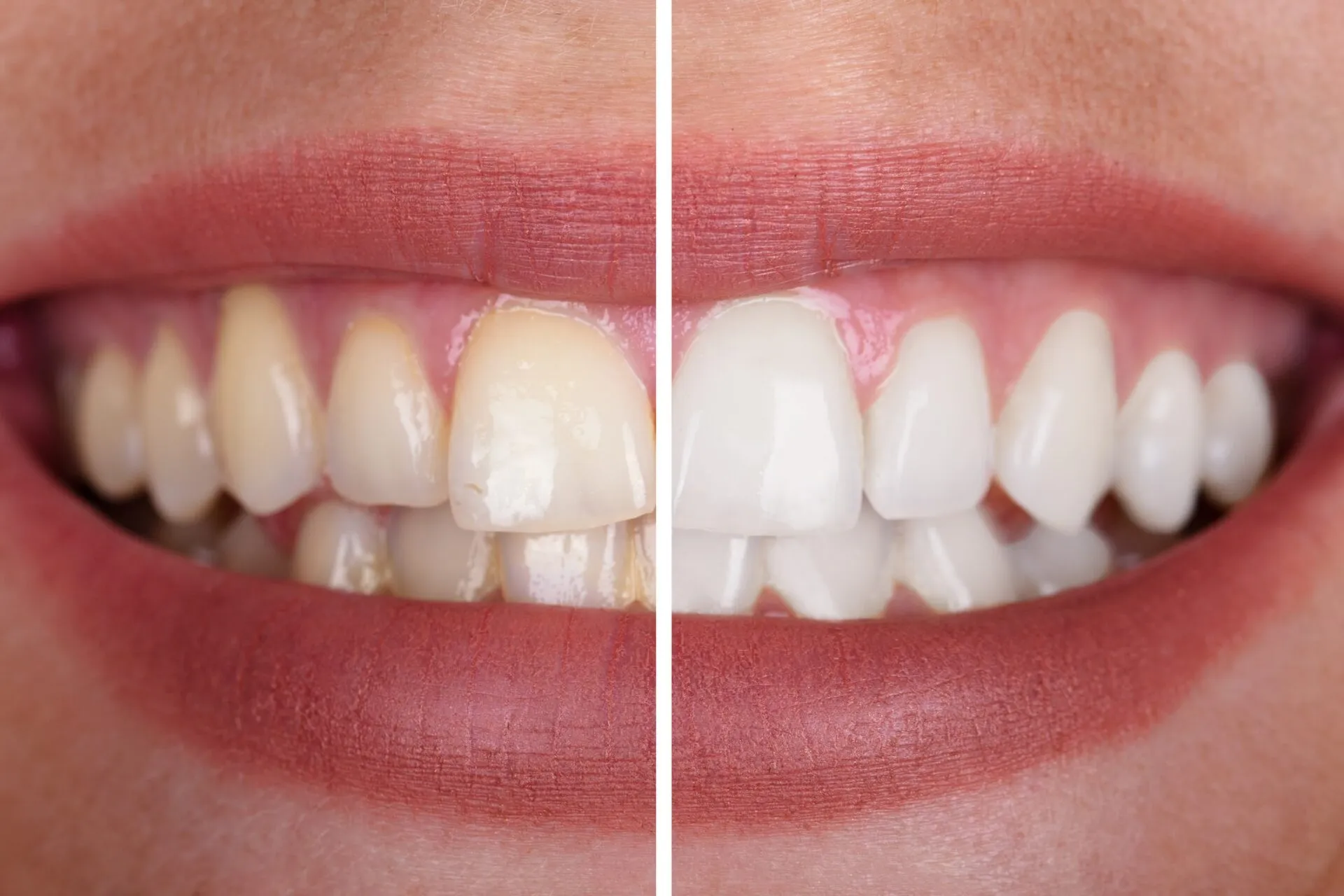What is Teeth Whitening?
Teeth whitening is a popular cosmetic dental procedure designed to lighten the shade of your teeth and reduce discoloration. This can be achieved through various methods, ranging from professional treatments performed by a dentist to at-home kits available over the counter. The primary goal of teeth whitening is to remove stains and brighten the enamel, enhancing the overall aesthetic appearance of your smile. Discoloration can occur due to a variety of factors, including the consumption of staining foods and drinks, smoking, aging, and certain medications. Teeth whitening treatments work by using bleaching agents to break down these stains, revealing a brighter and more youthful smile. The effectiveness of these treatments can vary depending on the type of stain, the chosen method, and the individual’s dental condition.
How Does Teeth Whitening Work?
Teeth whitening treatments primarily use bleaching agents, typically hydrogen peroxide or carbamide peroxide. These chemicals penetrate the enamel of the teeth and break down the stain molecules that cause discoloration. The process is similar whether performed in a dental office or at home, although the concentration of the bleaching agent and the application method differ. In-office treatments often use higher concentrations of peroxide, accelerating the whitening process. At-home kits typically involve lower concentrations, requiring more time to achieve noticeable results. The bleaching agents work by oxidizing the stain molecules, effectively lightening them and improving the overall brightness of the teeth. The effectiveness of the treatment depends on several factors, including the type and severity of the stains, the concentration of the bleaching agent, and the duration of treatment. The results can range from a few shades lighter to a significantly brighter smile, depending on the individual case and chosen method.
Types of Teeth Whitening Treatments
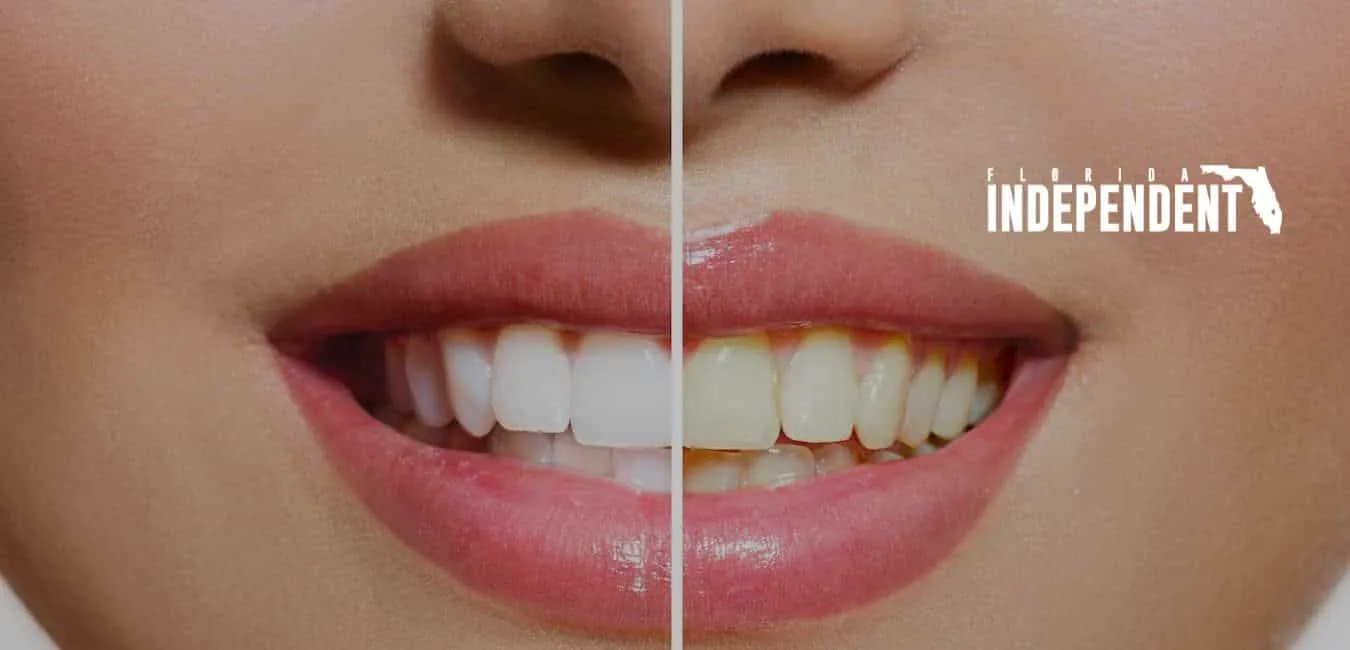
There are several types of teeth whitening treatments available, each with its own set of advantages and considerations. These can be broadly categorized into in-office treatments and at-home kits. In-office treatments, also known as professional teeth whitening, are performed by a dentist and offer the advantage of immediate results due to the use of stronger bleaching agents and professional expertise. At-home kits come in various forms, including whitening strips, trays, and toothpastes, providing a more convenient and cost-effective alternative, though results may take longer to appear. Each type of treatment caters to different needs and preferences, making it important to understand the options before deciding on the best approach for achieving a brighter smile. The choice of treatment will depend on factors such as the severity of the stains, the desired level of whitening, and the individual’s budget and lifestyle.
In-Office Whitening
In-office whitening, also known as professional teeth whitening, is a procedure performed by a dentist in a clinical setting. This method offers several benefits, including faster results and stronger bleaching agents. The dentist will apply a high-concentration hydrogen peroxide gel to the teeth, which is then activated by a special light or laser to accelerate the whitening process. Before the procedure, the dentist will typically clean the teeth and protect the gums with a protective barrier. The entire process can take about an hour, and patients often see a significant improvement in their smile’s brightness immediately. The results are often more dramatic compared to at-home methods, and the dentist can also monitor for any potential side effects, such as sensitivity. While in-office whitening is more expensive than at-home alternatives, the convenience and effectiveness make it a popular choice for those seeking quick and noticeable results.
At-Home Whitening Kits
At-home whitening kits offer a more convenient and cost-effective way to whiten teeth, allowing you to brighten your smile in the comfort of your own home. These kits come in various forms, including whitening strips, custom-fitted trays, and over-the-counter whitening toothpastes. Whitening strips are thin, flexible strips coated with a peroxide-based whitening agent that are applied directly to the teeth. Custom-fitted trays are made by your dentist to fit your teeth perfectly, ensuring the whitening gel comes into close contact with the tooth surfaces. Whitening toothpastes contain mild abrasives and whitening agents to remove surface stains. While at-home kits are generally less potent than professional treatments, they can still effectively lighten teeth over time, and they are often more budget-friendly. It’s important to follow the instructions carefully and be patient, as results may take several weeks to become fully visible. Consult your dentist before use.
Professional Whitening vs. At-Home Kits
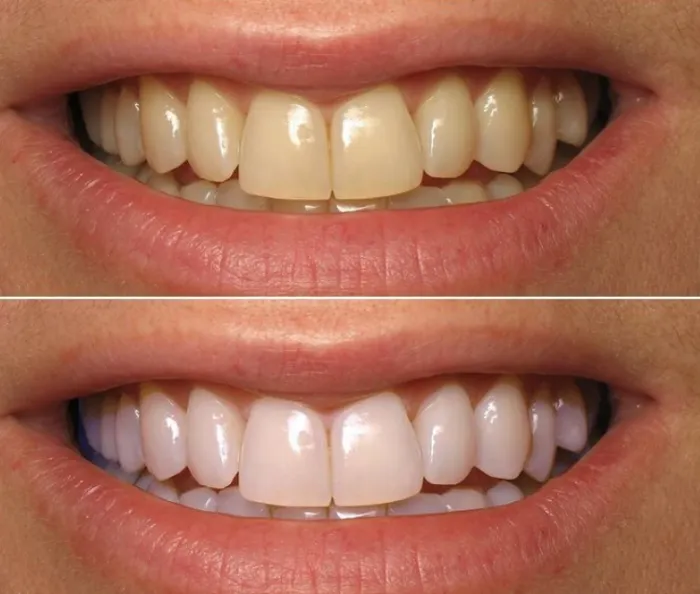
The choice between professional whitening and at-home kits depends on several factors, including your budget, time constraints, and desired results. Professional whitening offers the advantage of immediate results and stronger bleaching agents, providing a more dramatic transformation. It is also performed under the supervision of a dentist, who can address any potential side effects and ensure the procedure is safe and effective for your specific needs. At-home kits are more affordable and convenient, allowing you to whiten your teeth at your own pace. However, the results may be less dramatic, and it can take longer to achieve the desired brightness. Professional treatments often provide more consistent and predictable results, especially for stubborn stains. The best choice for you will depend on your personal preferences, dental health, and the level of whitening you are seeking. Consider consulting your dentist for a personalized recommendation.
What to Expect During a Teeth Whitening Treatment
The process of teeth whitening, whether in-office or at-home, generally involves several steps. For in-office treatments, the dentist will start by cleaning your teeth to remove any plaque or surface stains. Then, a protective barrier is applied to your gums to prevent irritation from the whitening agent. A high-concentration hydrogen peroxide gel is then applied to the teeth, and a special light or laser is used to activate the whitening process, which can last for about an hour. At-home kits typically involve applying a whitening agent (gel or strips) to the teeth according to the product instructions. This might involve wearing a tray filled with gel for a specific amount of time or applying strips for a certain duration. Before using any whitening treatment, it’s important to consult with your dentist to ensure it’s suitable for your dental health and to discuss any potential side effects.
Before the Procedure
Before undergoing any teeth whitening treatment, a thorough dental examination is essential. This is to ensure that your teeth and gums are healthy and free from any underlying issues, such as cavities or gum disease, which could complicate the whitening process or cause discomfort. Your dentist will also assess the type and severity of your stains, which will help determine the most appropriate whitening method. This assessment includes taking X-rays, checking for existing dental work (like fillings and crowns), and discussing your expectations for the treatment. It is also important to discuss any potential side effects and risks associated with teeth whitening and to determine whether it is the right choice for you. Following your dentist’s recommendations and preparing your teeth beforehand will help ensure a successful and comfortable teeth whitening experience.
During the Procedure
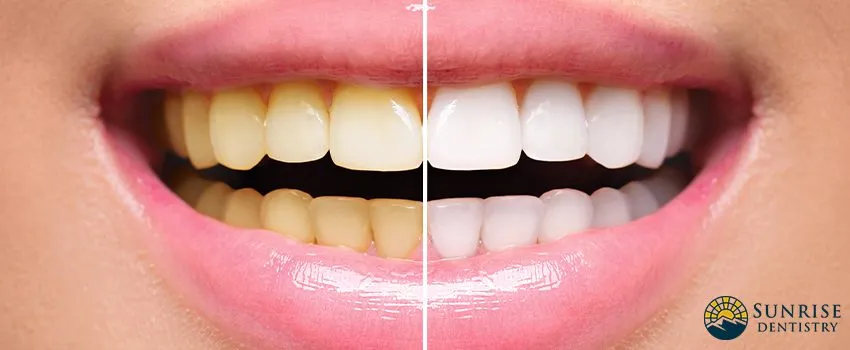
During an in-office teeth whitening procedure, several steps are taken to ensure effective and safe results. The process typically begins with the dentist cleaning your teeth thoroughly. Then, a protective barrier is applied to your gums and soft tissues to prevent irritation from the strong bleaching agent. Once the gums are protected, a high-concentration hydrogen peroxide gel is carefully applied to the surface of your teeth. A special light or laser may then be used to activate the whitening agent and accelerate the process, often lasting for about an hour. Throughout the procedure, the dentist monitors your comfort and checks for any sensitivity. For at-home kits, the procedure involves the application of the whitening agent, following the instructions on the product packaging. Whether in-office or at-home, it is important to adhere to the guidelines given to ensure the best possible outcome while minimizing any potential side effects.
After the Procedure
After undergoing teeth whitening, it’s essential to follow specific aftercare instructions to maintain your brighter smile and minimize potential side effects. Your dentist will likely advise you to avoid certain foods and drinks, such as coffee, tea, red wine, and dark-colored foods, as they can stain your teeth. Maintaining good oral hygiene, including brushing your teeth twice a day and flossing daily, is crucial for preserving the results. You may also be advised to use a desensitizing toothpaste if you experience any sensitivity. Be sure to follow your dentist’s specific recommendations and attend any follow-up appointments as scheduled. By taking proper care of your teeth after whitening, you can enjoy a radiant smile for a long time.
Teeth Whitening Side Effects and Risks
While teeth whitening is generally considered safe, it can sometimes cause certain side effects and risks. The most common side effects include teeth sensitivity and gum irritation, which are usually temporary and subside within a few days after the treatment. In some cases, people may experience mild discomfort or soreness in their teeth. Other potential risks include uneven whitening, especially if you have fillings, crowns, or other dental work. It is also possible to experience allergic reactions to the whitening agent or other ingredients in the products. If you experience any adverse effects after teeth whitening, it is important to contact your dentist immediately for guidance and treatment. Consulting with your dentist before undergoing the procedure can also help minimize the risks.
Sensitivity and Discomfort
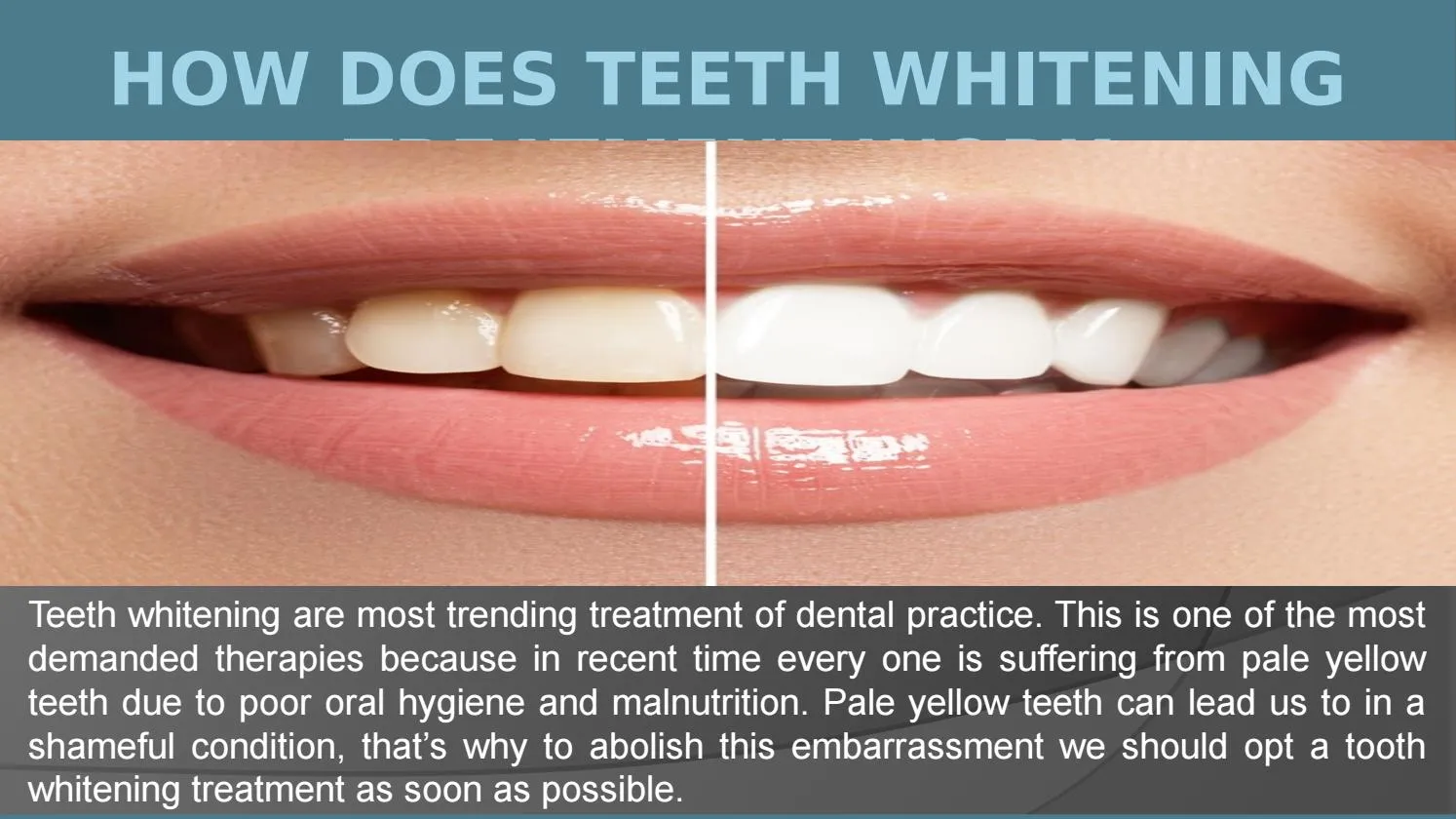
Teeth sensitivity is a common side effect of teeth whitening, resulting from the bleaching agents penetrating the enamel and affecting the underlying dentin layer. This can cause discomfort when consuming hot or cold foods and drinks. The sensitivity typically subsides within a few days after the treatment, and your dentist may recommend using a desensitizing toothpaste or fluoride treatments to alleviate the discomfort. In-office whitening procedures sometimes use stronger concentrations, which can potentially lead to greater sensitivity. It is important to communicate any discomfort to your dentist, who can adjust the treatment or provide appropriate recommendations. If you have sensitive teeth to begin with, your dentist might suggest a milder whitening option or pre-treatment with desensitizing agents. Patience and proper care are crucial for managing this common side effect.
Gum Irritation
Gum irritation is another potential side effect of teeth whitening, often caused by the bleaching agent coming into contact with the gum tissue. This can result in redness, swelling, and soreness. In in-office procedures, dentists take precautions to protect the gums with a protective barrier. However, at-home kits require careful application to avoid overexposure. Using too much whitening gel, or using it more frequently than recommended, can increase the risk of gum irritation. Typically, gum irritation resolves on its own within a few days. If the irritation is severe or persistent, contact your dentist for advice. They may recommend adjusting the treatment method or using a soothing agent. Correct application of the whitening products and adhering to the recommended guidelines significantly reduce the chances of gum irritation.
Realistic Expectations for Whitening
It’s important to have realistic expectations for teeth whitening to ensure satisfaction with the results. While teeth whitening can significantly improve the brightness of your smile, it may not be able to achieve the same level of whitening for everyone. The effectiveness of the treatment depends on the type and severity of the stains, as well as the individual’s natural tooth color. For example, yellow-toned teeth typically whiten better than gray or blue-toned teeth. The results will also depend on the method you choose. In-office treatments tend to provide more dramatic and immediate results, while at-home kits may take longer to show the desired effect. Keep in mind that existing dental work, such as fillings and crowns, will not change color with whitening, which may create a mismatch in shades. Consulting your dentist for a personalized assessment and understanding the limitations of the treatment are essential.
How Long Does Teeth Whitening Last?

The longevity of teeth whitening results varies depending on various factors, including the type of treatment, oral hygiene habits, and lifestyle choices. Generally, in-office whitening can last for about one to three years, while at-home treatments might last for a few months to a year. To extend the duration of your results, it’s essential to maintain good oral hygiene. This includes brushing your teeth twice a day, flossing daily, and attending regular dental checkups. Also, certain lifestyle choices can affect how long your teeth remain white. Avoiding or minimizing the consumption of staining foods and drinks, such as coffee, tea, red wine, and tobacco, can help maintain your brighter smile. Consider touch-up treatments to maintain your results long term.
Maintaining Your White Smile
Maintaining your white smile requires a consistent and proactive approach. After undergoing teeth whitening, a good oral hygiene routine is crucial. Brush your teeth twice a day for two minutes each time, using a fluoride toothpaste. Floss daily to remove plaque and food particles from between your teeth, and consider using an antibacterial mouthwash. You should also make adjustments to your lifestyle. Avoid or limit the consumption of foods and drinks that stain teeth. Regularly seeing your dentist for check-ups and cleanings helps monitor your oral health and remove any surface stains. Ask your dentist about touch-up treatments to ensure your smile stays bright. By implementing these practices, you can significantly extend the life of your whitening results and enjoy a brighter, more confident smile for years to come.
Foods and Drinks to Avoid
Certain foods and drinks can stain your teeth and counteract the effects of teeth whitening. To maintain your white smile, it’s best to limit or avoid these items. Beverages like coffee, tea, red wine, and dark colas are notorious for staining teeth. Foods such as berries (blueberries, blackberries, strawberries), sauces (soy sauce, tomato sauce), and deeply pigmented spices (turmeric, curry) can also contribute to discoloration. Smoking and using other tobacco products are also major culprits. If you do consume these items, it’s advisable to rinse your mouth with water immediately afterward. Consider using a straw when drinking staining beverages to minimize contact with your teeth. The sooner you address these potential stain causes, the longer your whitening results will last. A balanced diet and mindful choices can help keep your smile bright and healthy.
Oral Hygiene Practices
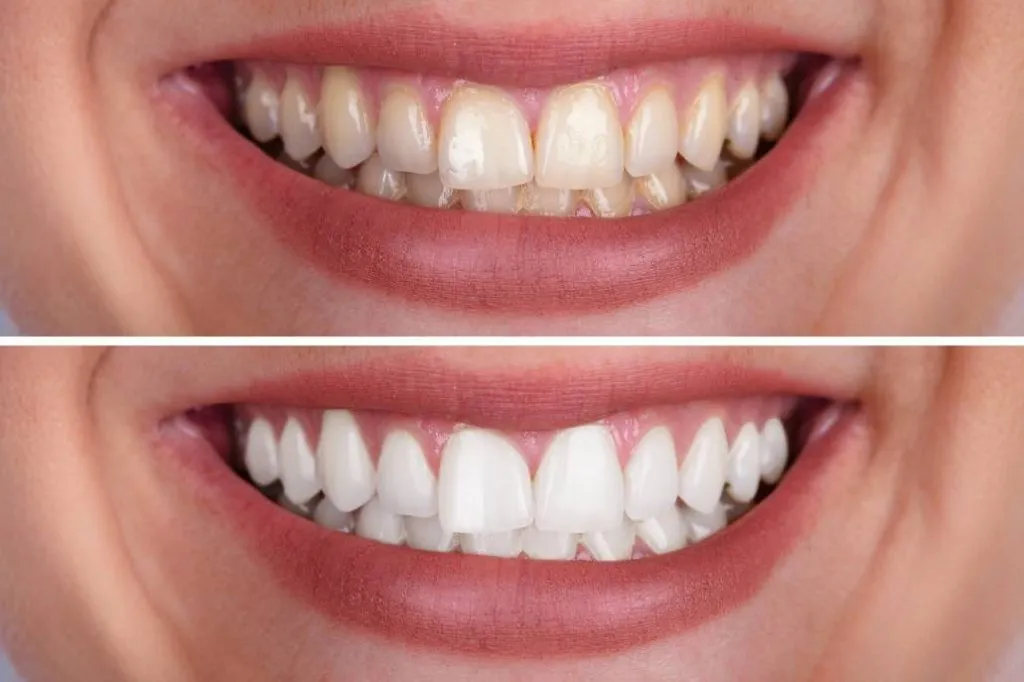
Effective oral hygiene practices are crucial for preserving the results of teeth whitening and maintaining overall dental health. Brushing your teeth twice a day for two minutes each time, using a soft-bristled toothbrush and fluoride toothpaste, is essential. Brushing removes plaque, bacteria, and surface stains, preventing buildup and keeping your teeth bright. Flossing daily removes food particles and plaque from between your teeth, which your toothbrush can’t reach. Consider using an antibacterial mouthwash to further reduce bacteria and freshen your breath. Regular dental check-ups and professional cleanings every six months are also vital, where your dentist can remove any stubborn stains and assess your oral health. By consistently practicing good oral hygiene, you can extend the life of your whitening results and maintain a healthy, radiant smile.
Cost of Teeth Whitening
The cost of teeth whitening varies depending on the type of treatment and the location of the dental practice. In-office whitening is typically more expensive than at-home kits, due to the professional expertise and the use of stronger bleaching agents. Prices can range from a few hundred to over a thousand dollars for in-office treatments. At-home whitening kits are more affordable, with options like whitening strips and trays ranging from tens to a few hundred dollars. The cost also depends on the specific product, the number of treatments, and the dentist’s fees. It’s essential to consider both the initial cost and the potential long-term maintenance costs. Before undergoing teeth whitening, discuss the cost with your dentist and explore any payment options or insurance coverage that might be available. While the price is a factor, it’s also important to consider the effectiveness, safety, and convenience of each option.
Conclusion
Teeth whitening is a popular and effective cosmetic dental procedure that can significantly enhance your smile and boost your confidence. Whether you choose in-office whitening or at-home kits, understanding the process, potential side effects, and aftercare instructions is vital for achieving the best results. Maintaining good oral hygiene, avoiding staining foods and drinks, and attending regular dental check-ups are crucial for preserving your bright smile. Before undergoing any teeth whitening treatment, consult with your dentist to determine the most appropriate method for your needs. With the right approach and proper care, you can enjoy a beautiful, white smile for years to come, improving both your aesthetic appearance and your overall self-esteem.
